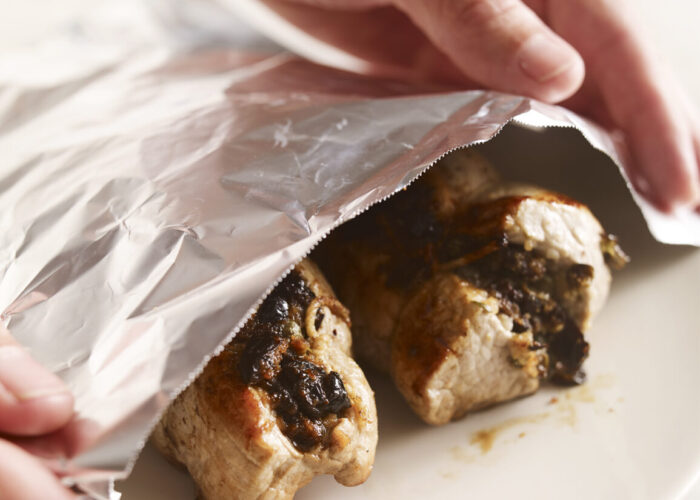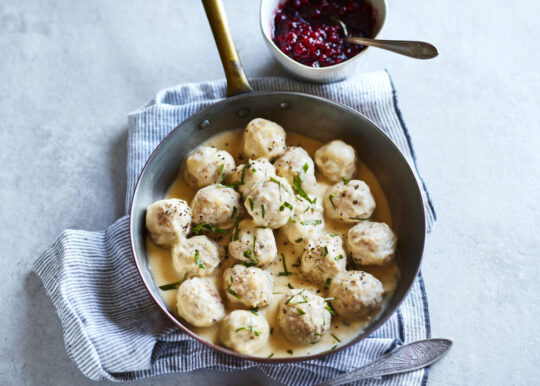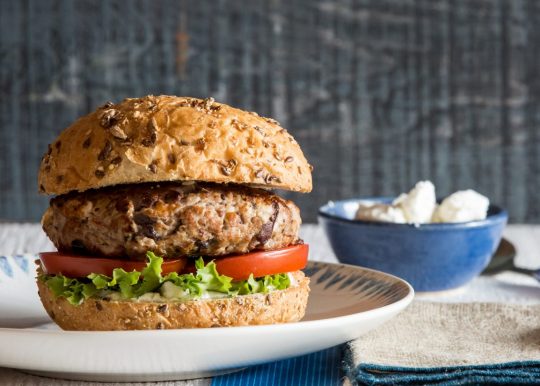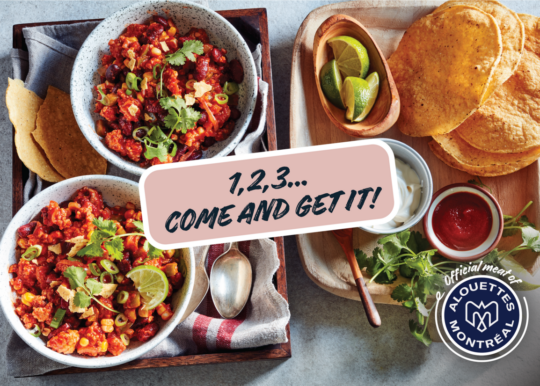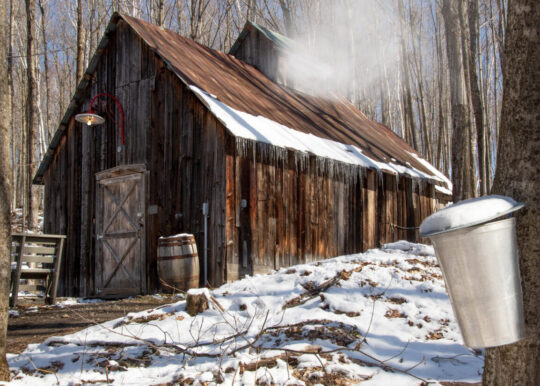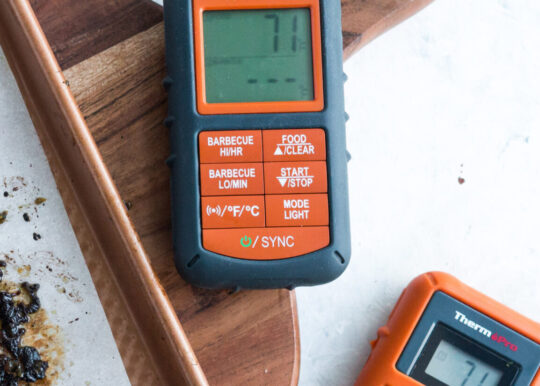Why rest the meat?
When you cook your meat over high heat, such as on the BBQ, it does not stop cooking when you take it off the heat. Cooking will continue even after the heating element is turned off. Resting allows the meat to finish cooking slowly and reach the desired temperature.
In addition, the rest phase allows the meat’s fibres to relax and the juice to distribute properly. This ensures your meat is very tender and tastier throughout the piece.
The cooking method will determine whether your meat requires resting time or not: if you are using dry heat, where the meat is placed directly on or under intense heat, such as in an oven, it will need to be rested. However, when using moist heat, in a hot liquid or steam such as a slow cooker, there’s no need to rest the meat.
Best practices for resting meat cooked in dry heat:
- Once the meat is cooked, wrap it in foil, without sealing it completely so that the heat can escape and it won’t continue cooking..
- To achieve the desired doneness, remove the meat from the heat when it has reached an internal temperature 6–8 degrees below the desired temperature. Use a thermometer to get the most accurate reading.
- Typically, the ideal resting time is considered to be between 20% and 25% of the cooking time, so for 100 minutes of cooking the meat should be rested for about 20 minutes.
Remember to set aside time for resting when preparing meals. It may sometimes seem long, but believe us, it’s worth the wait.
Enjoy!
